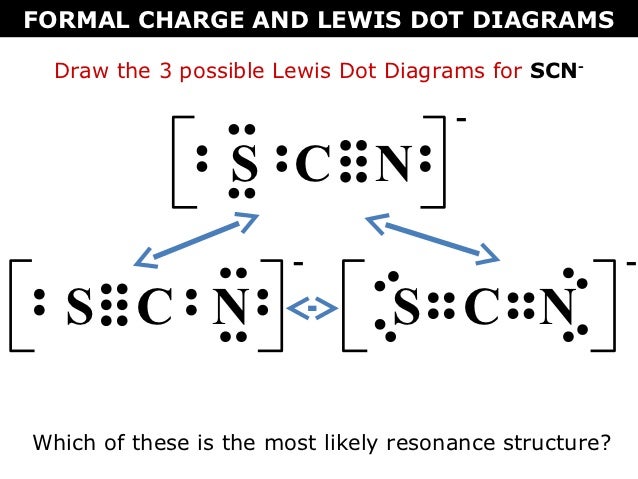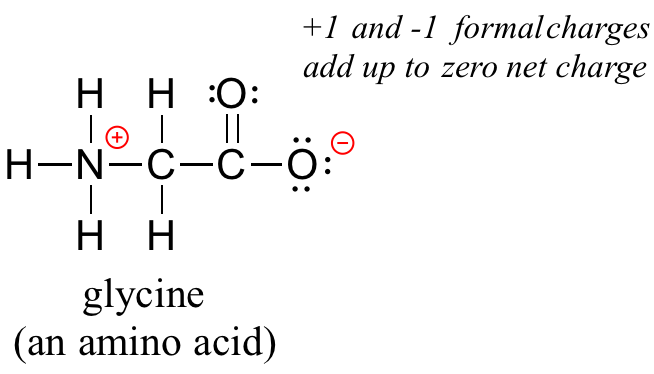


The polarity concept is based on the distribution of positive and negative charges inside a molecule surrounding the constituent atoms. Repulsion causes the bond angle to come to about 116 degrees. The ozone molecule is found to be bent trigonal planar shape due to the presence of resonance.

Now, find out the no of lone electrons or lone pairsĪfter this, we have to match this with the VSEPR model graph To find out the molecular geometry of ozone we need to check the VSEPR theory model.Īt the very beginning, you have to check the terminal atoms. Hence, the hybridization of the O3 molecule is sp2. How many electrons does the central oxygen atom have? 8.Ģs orbital has two electrons and the rest six are present in 2px and 2py. To learn about ozone, therefore, we need to have some knowledge about its hybridization. Hence, the study is important to know more in detail about a molecule and its properties. How and why several atoms tend to combine with one another forms the basis of hybridization. It refers to the process of intermixing orbitals to form hybrid orbitals. Well, hybridization is one of the vast and major topics in molecular chemistry. What do we mean by hybridization? Why is this such a common topic in chemical bonding and why do we need to study this? After checking the formal charge, the final Lewis Structure or electron dot structure of O3 has been done. Since we could have drawn, either way, we now have resonance structures. We now have one double bond and one single bond concerning the central O atom. We have to shift two electrons from either one lateral oxygen atom and place it beside the central oxygen atom. So, to fulfill the octet rule, what we need to do is:

But, the central atom only has six electrons around itself. They both have eight electrons surrounding them. You can see that the side oxygen atoms have both achieved octet. While drawing, let us now place the valence shell electrons( total count=18) for octet fulfillment.Īs discussed above, we can place six electrons surrounding each oxygen as per the periodic table knowledge. Now, we will draw the skeletal structure of ozone based on step no. So, we will just consider one of the three to be the central atom and place the other two on lateral sides. Just like triiodide ion where all the atoms are iodine, here, all the atoms are oxygen. Thus, the total number of valence electrons in ozone= 3*6 Oxygen belongs to group VI of the periodic table with an atomic no of 8. The below discussion, therefore, will be based on finding out the Lewis Structure of O3. Here, we will be dealing with ozone, the molecular formula is O3. We need to check whether all the atoms inside the given molecule are maintained at their least formal charge. Here, we will focus on calculating the formal charge. The bond formation (single and multiple ones) leads us to the final step of the process, i.e. We are now done with all kinds of bond formation, The last step is focused on the formal charge concept. Accordingly, multiple bond formation can be done. Once, octet fulfillment has been done, we now need to find out if bond formation is left. Starting with the electropositive ones, slowly fulfill the octet of the atoms. The fourth step of Lewis Structure formation is based on achieving this. So, the octet rule is based on the fact that every atom should have eight electrons in its valence shell. Hence, they react accordingly and tend to form more stable molecular compounds. This is carried out by sketching the skeleton diagram of the respective molecules as per requirementsĭo you know that when atoms contain less than eight electrons in their outermost electron shell, they are still in their reactive state? In this step, the task is to visualize the position of single bonds present in the molecule as a whole to the central atom. This atom will consist of higher sites of bonding compared to the others. The one with the highest valence usually has the least electronegativity. You can check this out by calculating the valence number. How can we do so? We can easily find the solution to this with one simple trick!įirst, point out the least electronegative atom. We now need to determine the central atom. While calculating the valence electrons, we need to work with these two signs. ‘-’ stands for the gain of electrons, or in other words, negative charge. ‘+’ stands for positive charge i.e giving away(loss) of electrons. The initial step towards forming this structure is to find out the total number of valence electrons. It is the diagrammatic layout for understanding the nitty-gritty of chemical bonding.Ī very essential concept of molecular chemistry, the following steps dictate how you can successfully draw Lewis Structure: To be very precise, Lewis Structure is the name given to the structural representation of a molecule.


 0 kommentar(er)
0 kommentar(er)
